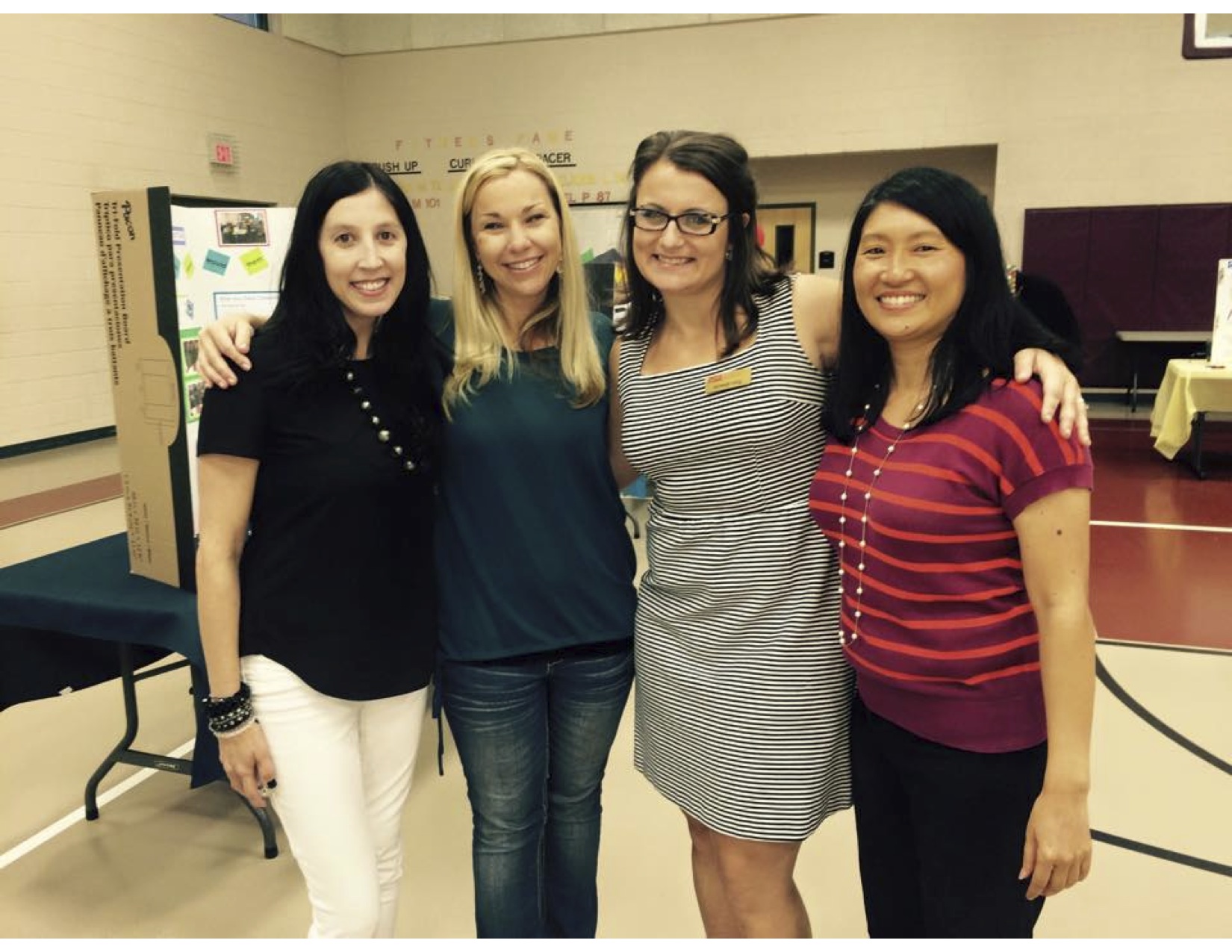Emotional Intelligence Is Key to Teacher Education at ASU
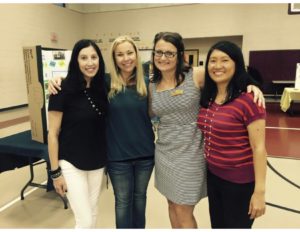 It seems a given that all teachers colleges would teach emotional intelligence, but that is not the case. Now, with the help of Six Seconds, Arizona State University is pioneering a teacher training program that places EQ front and center. As it grows, it will become a model for other teacher colleges across the globe.
It seems a given that all teachers colleges would teach emotional intelligence, but that is not the case. Now, with the help of Six Seconds, Arizona State University is pioneering a teacher training program that places EQ front and center. As it grows, it will become a model for other teacher colleges across the globe.
Arizona State University’s Mary Lou Fulton Teacher’s College is one of the largest of its kind in the U.S. When students get to their senior year in the teacher education program, they encounter a year of field teaching which is deeply connected to and informed by the work of Six Seconds.
In 2014, students from ASU spent a full year student teaching at a school district in Arizona where ASU faculty were working as “site coordinators” mentoring them in EQ skills. These 30 ASU faculty had taken an EQ training by Six Seconds, and oversaw 20-30 student teachers in each school district. The trainings were taught by Dr. Susan Stillman, Six Seconds’ Education Director, Josh Freedman, CEO, and Michele Royan, Regional Network Director, Southwest.
The goal was to train teachers to create an induction curriculum for ASU graduates; a program that follows them through their first year of teaching. The program utilizes materials from the Six Seconds training.
Here is how it worked :
All teachers and graduates of the program took the SEI, Six Seconds’ EQ Assessment. Once they received their scores, they received training around the competencies, based on the know yourself, choose yourself, give yourself model.
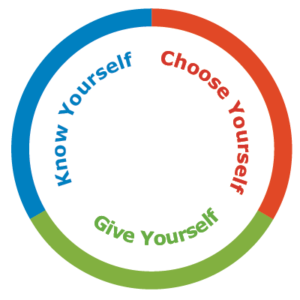 Six Seconds’ Education Director, Dr. Susan Stillman says it all comes down to the ripple effect.
Six Seconds’ Education Director, Dr. Susan Stillman says it all comes down to the ripple effect.
“Learning starts from within. If, as adults that care for the youth we can learn these competencies, if we can deepen them, observe them, interpret where we are, and put them into action starting with ourselves, then that impacts our colleagues.”
Grant Funding Kicks Off Year of EQ Teacher Training
 Sarah Beal is Executive Director of the SEED grant program at ASU. She wrote the grant that funded this program to address teacher attrition. It was inspired by a colleague’s research on retention. “One of our executive directors actually did her dissertation study on pre-service teachers and, using the Six Seconds competencies, found great results that these can really support teachers in dealing with the stresses of the profession.” Says Beal.
Sarah Beal is Executive Director of the SEED grant program at ASU. She wrote the grant that funded this program to address teacher attrition. It was inspired by a colleague’s research on retention. “One of our executive directors actually did her dissertation study on pre-service teachers and, using the Six Seconds competencies, found great results that these can really support teachers in dealing with the stresses of the profession.” Says Beal.
Having teachers trained in EQ/SEL can also help students dealing with the stresses of school, including the pressure of their success being measured by grades and test scores. Sarah adds, “We know through our own experience and through research that relationships and trust and a positive atmosphere and school climate all contribute to student learning.”
Inspiring Teachers Early in their Careers
 The exciting part this project is the chance to influence teachers early in their careers, says Susan Stillman. “I think that there’s a real value in working with pre-service teachers who really are open and are not sort of hardened and are already part of an existing school climate, which may be even more resistant to SEL. You come into teaching and within a year or two you’re almost an old teacher. You’ve been acclimated to the culture. And so ideally we’re training these pre-service teachers to really be change agents.”
The exciting part this project is the chance to influence teachers early in their careers, says Susan Stillman. “I think that there’s a real value in working with pre-service teachers who really are open and are not sort of hardened and are already part of an existing school climate, which may be even more resistant to SEL. You come into teaching and within a year or two you’re almost an old teacher. You’ve been acclimated to the culture. And so ideally we’re training these pre-service teachers to really be change agents.”
How can such new teachers be change agents in their schools?
Sarah Beal says it’s because they are passionate about the potential of teaching to change lives. “I think it’s the new teachers that have the biggest influence on the climate because they do come in very motivated. They’re not burned out. They’re not ready. They’re not sitting in the teacher’s lounge. They’re excited to get started. Sometimes those are the ones that have the most influence.”
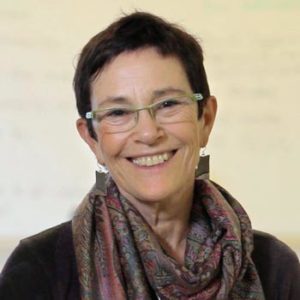 For Susan Stillman, EQ in education is a concept taking hold across the globe. If all teacher training programs taught EQ to their new teachers, this ripple will get bigger. “There is a tremendous interest in social emotional learning all around the world, in, Asia, in Africa, in Europe, in Singapore, in Dubai, in the Middle East and Pakistan. I can think of people in probably 30 different countries who are interested in deepening their work with educators in their communities.”
For Susan Stillman, EQ in education is a concept taking hold across the globe. If all teacher training programs taught EQ to their new teachers, this ripple will get bigger. “There is a tremendous interest in social emotional learning all around the world, in, Asia, in Africa, in Europe, in Singapore, in Dubai, in the Middle East and Pakistan. I can think of people in probably 30 different countries who are interested in deepening their work with educators in their communities.”
At Six Seconds we’ve established a course for educators with a goal of 25,000 teachers taking this free online course called An Introduction to Social Emotional Learning.
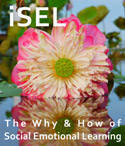 How many people can this model reach? Six Seconds has a goal of 1 billion people practicing EQ by the year 2039…You do the math.
How many people can this model reach? Six Seconds has a goal of 1 billion people practicing EQ by the year 2039…You do the math.
Sarah is one of 20 higher education faculty who are involved in our eq.org project on Strategies for EQ in Higher Ed. If you would like to join our project, please sign up on eq.org. Our next virtual meeting is on June 11, 7AM Pacific. Contact [email protected] for details.
Six Seconds activities done with ASU project:
EQ Certification for 4 Coaches
EQ Certification for 29 Site Supervisors
EQ Tools for Education for 4 Coaches
Six Seconds and other Tools used (when applicable):
SEI for all participants in EQC
EQTE participants used SEI, SEI-YV, SEI 360, and EVS
(Excerpts from this article came from an interview conducted by Maria Lerose and Dr. Kim Schonert Reichl for a research project with Hopelab. Special thanks for their use)
- Dragonfly: Social Emotional Learning Goes Outdoors - July 12, 2017
- Coaching with Computers? 3 Life-Changing Insights from the Neural Net - May 24, 2017
- Feelings About Climate Change: Josh Freedman - April 25, 2017

